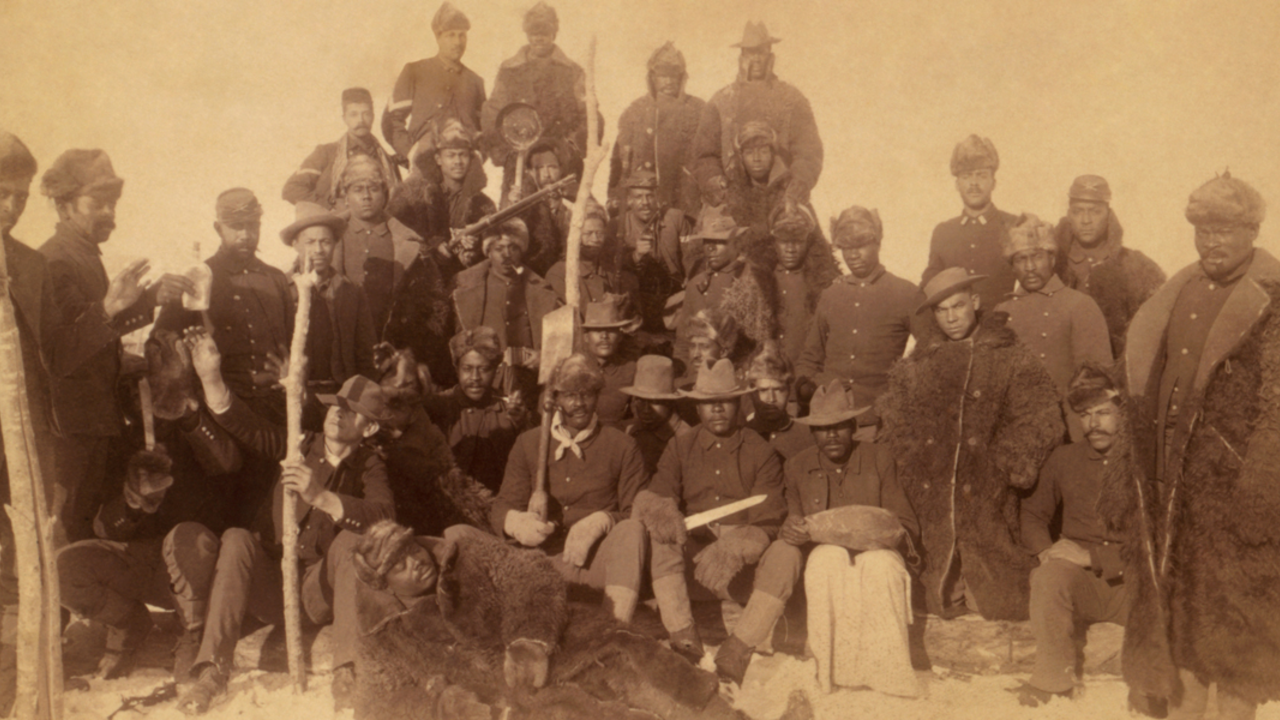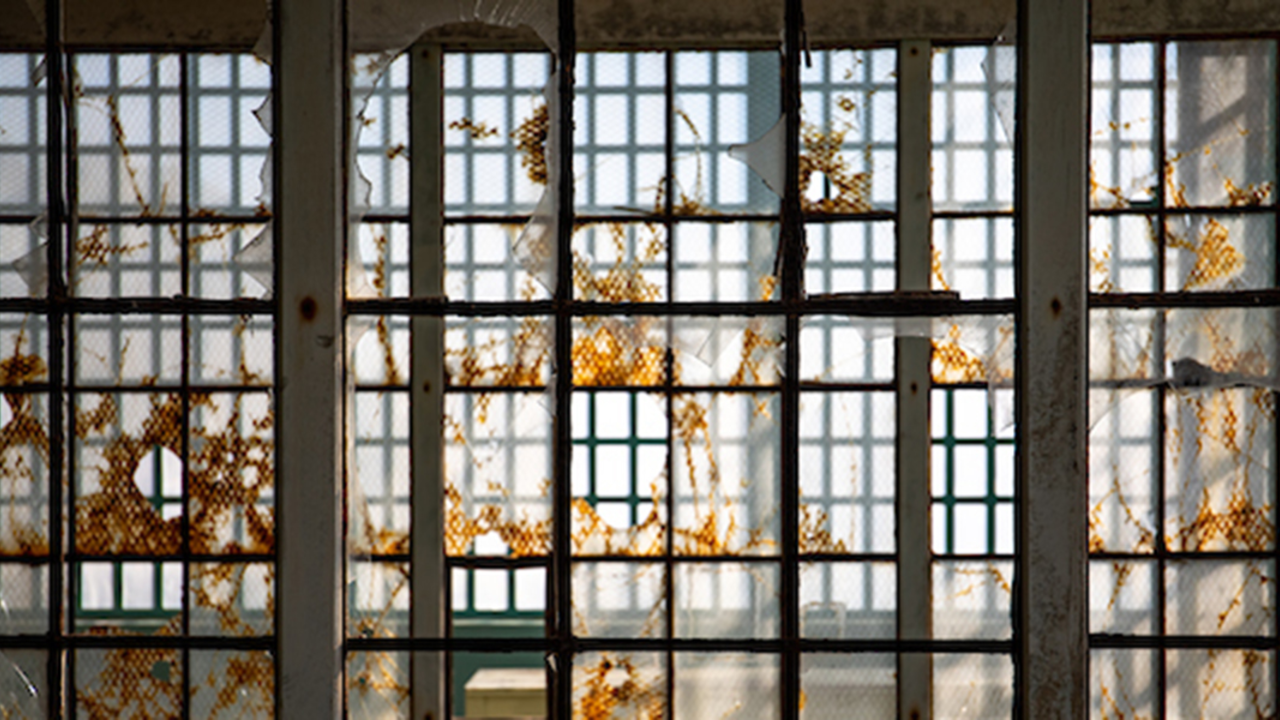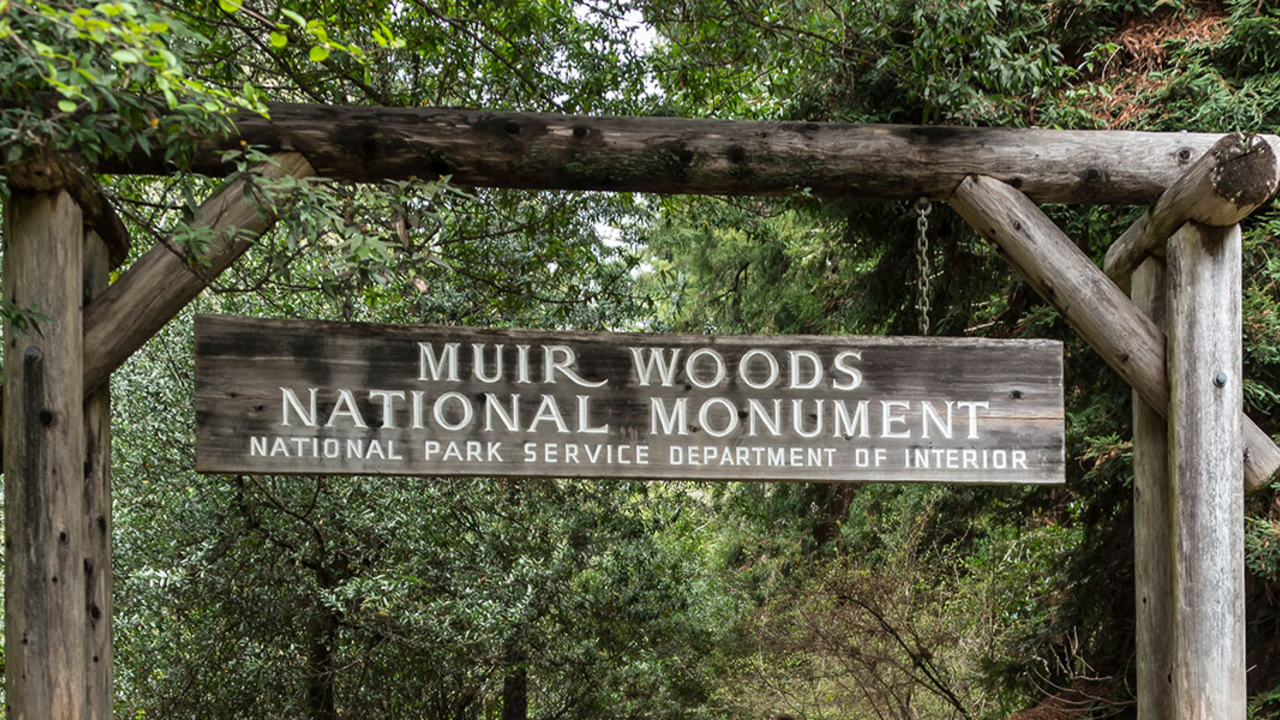Sites of Conscience: What we can learn from the GGNRA’s history of resistance

Parks Conservancy Archives
In the Parks Conservancy’s recent open letter standing with Black Lives Matter, we wrote that “we believe in the power of nature, public lands and the history of resistance to inspire and educate.”
In this moment and as we continue forward, it’s important to acknowledge the racist history on these lands so that we can learn from it and overcome it.
The Golden Gate National Recreation Area is part of the International Coalition of Sites of Conscience, which are places “connecting past struggles to today’s movements for human rights and social justice,” according to the National Park Service. “Through public programs, K-12 curriculum and park exhibits, visitors have the opportunity to make connections between history within the park and current issues of justice and humanity.”
These lands were taken from the Native Americans who lived here first. We learn from stories of oppression and resistance that occurred where these parklands now stand. Please read these stories to learn more about:
- The Buffalo Soldiers, four regiments of Black soldiers who were stationed at the Presidio and could be considered “America’s first park rangers,” though they faced racism in San Francisco and beyond.
- John Harris, a Black man who sued Adolph Sutro after he was denied entry at Sutro Baths in 1897. Edgar Sutro, Adolph’s son, was quoted as saying “It would be ruinous to allow negroes in the baths, because the white people would be unwilling to mingle with them, and there were not enough colored people to justify separate baths for them.” Harris won a largely symbolic ruling in the case.
- The Indians of All Tribes, whose Occupation of Alcatraz Island in 1969 brought attention to the Red Power Native American civil rights movement. In 2019 the NPS hosted many original Occupiers on Alcatraz and launched a 19-month art exhibit on the island to commemorate the Occupation.
- The 120,000 Japanese Americans unjustly incarcerated during World War II in the name of “national security.” An exhibit at the Presidio Officers’ Club explores the pivotal role the Presidio of San Francisco—the Army's Western Defense Command—played in this dark chapter in American history.
- We acknowledge the complicated legacies of people like William Kent, who donated the land that became Muir Woods and authored the law that founded the National Park Service, but fought for many anti-Asian policies and once said “I have been writing and talking about the necessity of keeping this a white man’s country for the last 30 years.” Read more about Kent, John Muir, and Muir Woods here.
That history, along with the events of recent weeks, has the Parks Conservancy considering our own history and our aspirational vision of “Parks For All Forever.”
While we still believe in the power of parks to drive social change and appreciate these magnificent parklands remain some of the most unique, inspired spaces of our region—we recognize that we have a long way to go to fulfill our promise of “for all.”
As an organization, we recognize that systemic racism perpetuates inequities and injustices across society. And as a park friends’ group, we appreciate that not everyone has easy access to these parks nor the comfort that they feel welcomed. We will work together with partners and community members to identify solutions to better promote respect and inclusion. Our parks and organization will only be stronger through diversity of people, thoughts and ideals.


